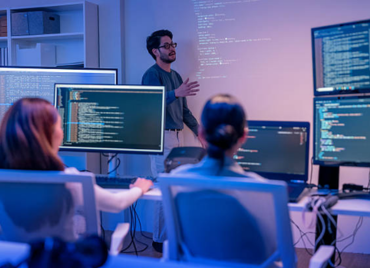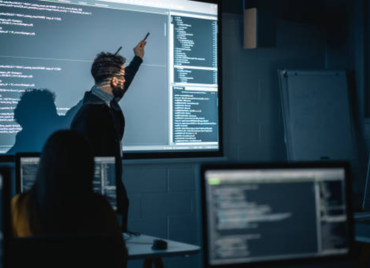At the core of personal and professional growth lies the powerful combination of education and training. Education gives us a strong foundation of knowledge, usually gained through formal learning in schools, colleges, or universities. Training, meanwhile, focuses on practical skills—preparing individuals to apply what they’ve learned in real-life job situations. Both are essential in helping people grow, succeed, and contribute meaningfully to their communities and workplaces.
In today’s rapidly evolving world, the demand for continuous learning has never been greater. Technological advancements, changing job markets, and globalization require individuals to constantly update their skills to stay competitive. This is where lifelong learning becomes critical—an approach that encourages people to pursue learning opportunities throughout their lives, both formally and informally.
In today’s fast-paced world, learning never really stops. With new technologies and changing industries, the need to keep skills fresh is more important than ever. That’s why lifelong learning matters—offering opportunities to grow continuously, whether through formal courses or hands-on experiences. Vocational and technical training, in particular, play a key role in preparing people for careers in fields like manufacturing, healthcare, IT, and construction. These programs bridge the gap between theory and practice, giving learners the confidence and skills they need to thrive on the job and beyond.


In the corporate world, employee training and development programs are vital for productivity and growth. Companies invest in training to upskill employees, improve performance, boost morale, and retain talent. These programs can range from onboarding and compliance training to leadership development and digital skills workshops.
The rise of online learning platforms like Coursera, LinkedIn Learning, and Khan Academy has revolutionized access to education and training. Learners can now gain new skills anytime, anywhere, often at a lower cost. This flexibility supports self-paced learning and accommodates diverse learning styles.